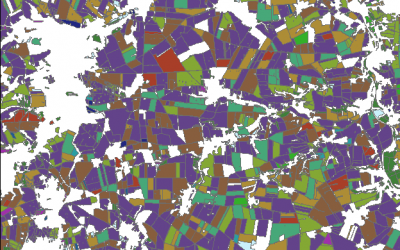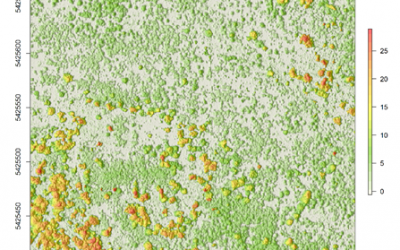Aim
Within this course we aim to discuss and develop a knowledge platform, using existing remote sensing tools and products, to enable conservation impact in cooperation with experts from WWF Germany.
Content
In this seminar we want to tackle the questions how remote sensing-derived products can support conservation and sustainable, equitable development and help NGOs to better monitor, understand and evaluate the effectiveness of their work. As WWF Germany we want to stop the worldwide destruction of nature and the environment and shape a future, in which humans and nature live in harmony with each other. Spatial biodiversity and environmental data availability are growing rapidly and provide a remarkable opportunity for NGOs. However, direct use of EO based information is currently still limited. Expert knowledge is needed to find, evaluate, and correctly apply the RS products. Experts from our practices will join the seminar outlining their current needs, concerns and challenges. Using their requirements, we will review existing remote sensing products, services and research methodologies and discuss potential applications, pitfalls, and limitations. Each team of students will work on one thematic to pic. The output of this seminar will be an interactive short info sheets prepared by each team for non-experts publicly available on https://space-science.wwf.de as an ESRI ArcGIS online story map and map apps with suitable data via GLOBIL.
Coding
Coding examples and individual work will be covered
Software
Various software programs will be used, but mainly OpenSource software such as R.
Techniques
Different techniques will be introduced and practically applied.
Content
The content of scientific with regard to the audience will be discussed.
General Course News and Updates
Object based sequential masking classification using SAR and optical data
Remote sensing based crop mapping is still challenging when just relying on optical information as the only data source. Due to the unavailability of adequate optical satellite images the integration of SAR is promising and can be explored within an innovation...
Radiometric calibration, speckle reduction, geometric and terrain correction are essential preprocessing steps for SAR data. Within an innovation laboratory you will explore the different calibration and data preparation techniques for ground detected and single look...
Surface model creation from multi-source remote sensing data
Nowadays there are plenty of 3D data sources which offer the possibility to model and monitor structural attributes of the landscape via the derivation of terrain, surface and canopy models. The core idea of this research project within an innovation laboratory is to...


